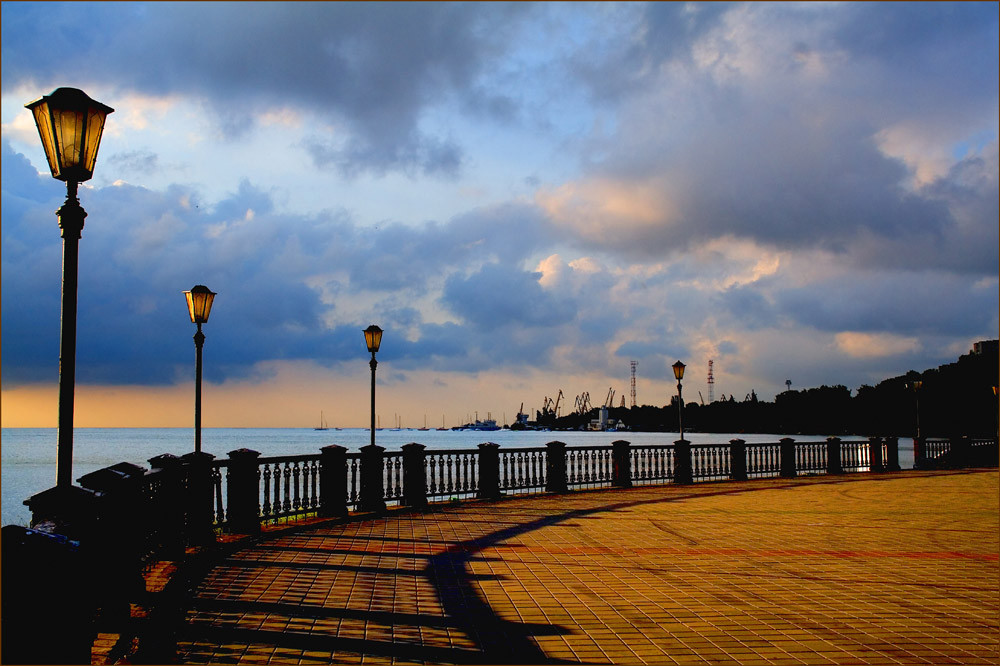Lukomorye, a curved seashore is a dream place at the suburb of the Universe: In East Slavic mythology, Lukomorye is a sacred place at the far reaches of the Universe, where the ‘world tree’ stands - the axis of the world, along which you can get to other worlds, since its top rests on heaven, and its roots reach the underworld. The Gods descend and ascend along the ‘world tree’.
Evaluating the Peter the Great’s Startup
“In a modern way, Taganrog can be safely called a Peter the Great’s startup. It was here that a lot happened for the first time in our country, the city gave impetus to the development of Russia as a maritime power,” they say at the city’s Tourist Information Centre on Petrovskaya Street.

“A new fortress by the sea was built by prisoners, so Taganrog became the first place of penal servitude in Russia. Later, Peter I who travelled to Europe ordered that a special plan be developed to build a town, this was for the first time in Russia. From one point on the seashore, straight lines of streets stretched deep into the coast, resulting in a kind of half-open fan. By the way, St. Petersburg was later built according to the similar project. Peter I intended to make Taganrog the capital of the country, but later on, after victories in the war with the Swedes, the palm went to the city on the Neva,” says our guide Elena Yermolova.
This year our country celebrates the 350th anniversary of the birth of Peter the Great. For those wishing to follow the emperor’s way to the Russian South, the Taganrog Tourist Information Centre has developed a special weekend tour - “Peter the Great’s Startup”. The journey begins in Azov where the tourists can get to know about the first military victory of the tsar, taste the famous pearl porridge and 33-herb sbiten (Russian mulled honey drink) that young Peter I used to give to the foreign ambassadors. Then, like Peter the Great, go by sea to Tagany Rog (Horn), go ashore, where memories of the Russian fortress are preserved, take a walk along the Italian lane, turn to Grecheskaya (Greek) Street and find yourself near the Kamennaya (Stone) Stairs, the prototype of the Potemkinskaya Stairs. Those who worked out this tour offer to have a glass of Don wine after a short journey. After all, it was Peter I who ordered to create vineyards near the Don River.
Location: The “Peter the Great Startup” tour can be booked on the tourism website of the Rostov Region VisitDon.ru.
Becoming 500 roubles richer
Well, a 500-rouble banknote depicts a monument to Peter I. The famous figure of the tsar was created by sculptor Mark Antokolsky at the end of the 19th century. Later, several bronze copies were made for the installation in Taganrog, Arkhangelsk, and in St. Petersburg. In 1997, the picture of the monument to Peter the Great appeared on the Russian banknote with the inscription “Arkhangelsk”, which outraged the Taganrog residents. And that’s what happened.

The monument to Peter the Great with the same sculpture by Mark Antokolsky was installed in St. Petersburg in 1910, and the monument in Arkhangelsk was installed in 1914. Thus, it turns out that the Taganrog’s monument to Peter the Great has an advantage to be considered the first one. And if this monument is depicted on the banknotes, then the signature should, of course, be “Taganrog”. How’s that for a paradox? It is clear that hardly all the 500-rouble banknotes will be reprinted, but you can become a little richer in Taganrog. It is enough to come to the monument to Peter the Great and show a 500-rouble banknotes to the tsar. Soon, there you will have more such banknotes in your wallet. We promise!
Location: Historic Boulevard.
Visiting Lukomorye
“On seashore far a green oak towers,
And to it with a gold chain bound,
A learned cat whiles away the hours
By walking slowly round and round.” (Translated by Irina Zheleznova)
But what if we tell you that Lukomorye and the oak tree from the fairy tale familiar to every child in Russia are located in Taganrog?
“Arriving in Taganrog, Pushkin stopped at the mayor’s house. The most amazing thing is that at that time he should have been in exile in Yekaterinoslav, the today’s city of Dnipro in Ukraine. How could the disgraced poet get into the house of the mayor of Taganrog? The fact is that he arrived together with General Raevsky, the hero of the war against Napoleon. The son of the military commander studied with Pushkin at the Lyceum and was his good friend. Therefore, travelling around the south, the Raevsky family “took” the poet from exile and invited him to Taganrog. The mayor in his rich house was waiting for General Raevsky but not for Alexander Sergeyevich Pushkin,” explains our guide Elena Yermolova.
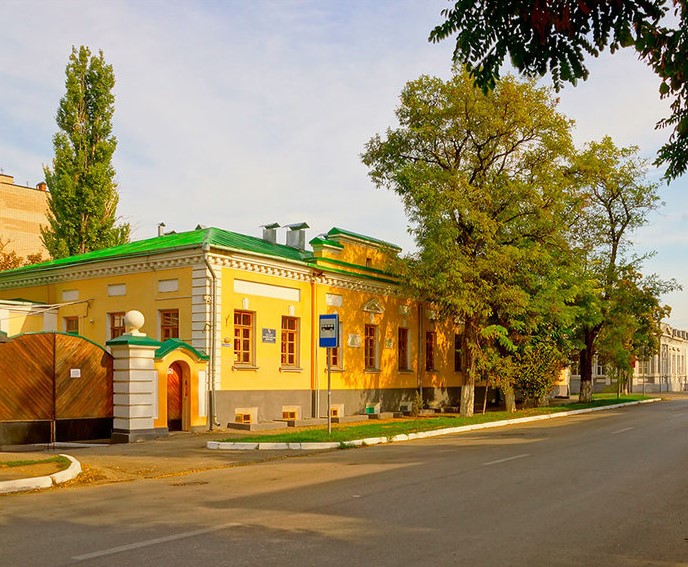
By the way, the house visited by Pushkin is known not only for the poet’s stay. Russian tsar Alexander I also stayed here. He and his wife Elizabeth arrived in 1825 and, apparently, planned to stay in Taganrog for a long time. The royal furniture and paintings were brought to their house. They said that Elizabeth was consumptive and needed a warm climate. Soon, Alexander I went to inspect his possessions in the Crimea. In this trip, he caught cold and when he returned to Taganrog his illness became much worse, and on November 19, 1825, the tsar died. He should have stayed in Taganrog ....
By the way, the house where Pushkin and Alexander I stayed has been preserved. Now, it houses a children’s health centre.
Location: 40, Grecheskaya Street.
Clearing up Chekhov’s mystery
In one of the streets of Taganrog, deep in the garden, there is a small house with green shutters. Anton Pavlovich Chekhov, the future great writer, was born here on January 29, 1860. Since 1926, the house has been turned into a museum, and it has its own mystery.

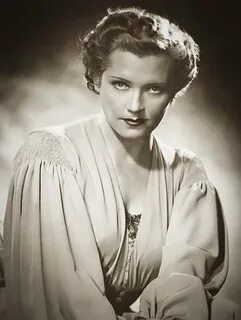
After the Third Reich came to power, Olga Chekhova became one of the most popular actresses. She was familiar with Goering, and Hitler was a great admirer of her talent. Thanks to these acquaintances, Olga Chekhova managed to save many Jewish actresses and actors from concentration camps.
Naturally, after the Victory in 1945, Olga Chekhova was arrested and taken to Moscow. But just two months later, she returned to Germany, where she continued her career. Isn’t it astonishing? The answer was given in the memoirs of General Pavel Sudoplatov. He wrote that Olga Chekhova had something to do with the Soviet intelligence service, and after the war, Joseph Stalin even offered to award the actress the Order of Lenin.
Location: 69, Chekhov Street.
Remembering Italy
There are many monuments to revolutionaries in our country. But only in Taganrog, there is a monument to Giuseppe Garibaldi, the Italian revolutionary.
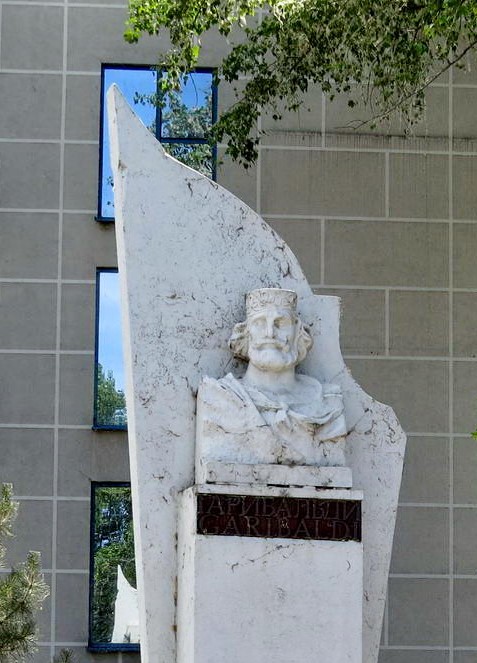
In early April 1833, a young captain, Giuseppe Garibaldi, arrived in Taganrog by the Clorinda schooner and brought oranges. The ship anchored in the bay and Giuseppe went to one of the osterias (taverns). By that time, there was an Italian diaspora in Taganrog. I must say that at that time, Italy did not exist in the modern sense. There were several small fragmented provinces, most of which were under Austro-Hungarian rule.
“In the tavern, Giuseppe Garibaldi met Giovanni Battista Cuneo who emigrated from Italy and advocated the unification of Italy. Young Giuseppe, only 26 years old, was inspired with ideas and immediately vowed to give his life for the liberation of his native country,” explains our guide Elena.
Giuseppe Garibaldi returned to Italy and led a rebellion in Genoa, which was the beginning of the unification of the country. By the way, there is still an opinion among historians that Russian Empress Catherine the Great was involved in this. Under her orders, the Russian treasury sponsored a young Italian revolutionary. Thus, the Russian Empress tried to weaken the Austro-Hungarian power.
“In 2007, the monument to Giuseppe Garibaldi was reconstructed. Anita Garibaldi-Zhale, the great-granddaughter of the Italian revolutionary, was invited to take part in the monument unveiling ceremony and she said that if there were no Taganrog, there would be no Italy,” says our guide Elena Yermolova.
Location: Portovaya Street, Yacht Club area.
Finding a secret passage and discovering the treasure
Located on the shore of the Sea of Azov, Taganrog has always been a place full of fish. Until now, the fishing district of Bogudoniya has been preserved in the city, where time seems to have stopped. Fishermen’s huts were built right on the shore. Small houses, narrow streets look like the favellas of Rio de Janeiro. Until now, the city has preserved legends about smugglers and secret passages leading to treasures.
The most famous story is connected with the name of the Taganrog merchant Mark Volyano. When ships with the goods approached the shore, it was necessary by law to pay a fee, the amount of which was up to 40 thousand roubles. Otherwise, all the goods that were on the ship had to be drowned.
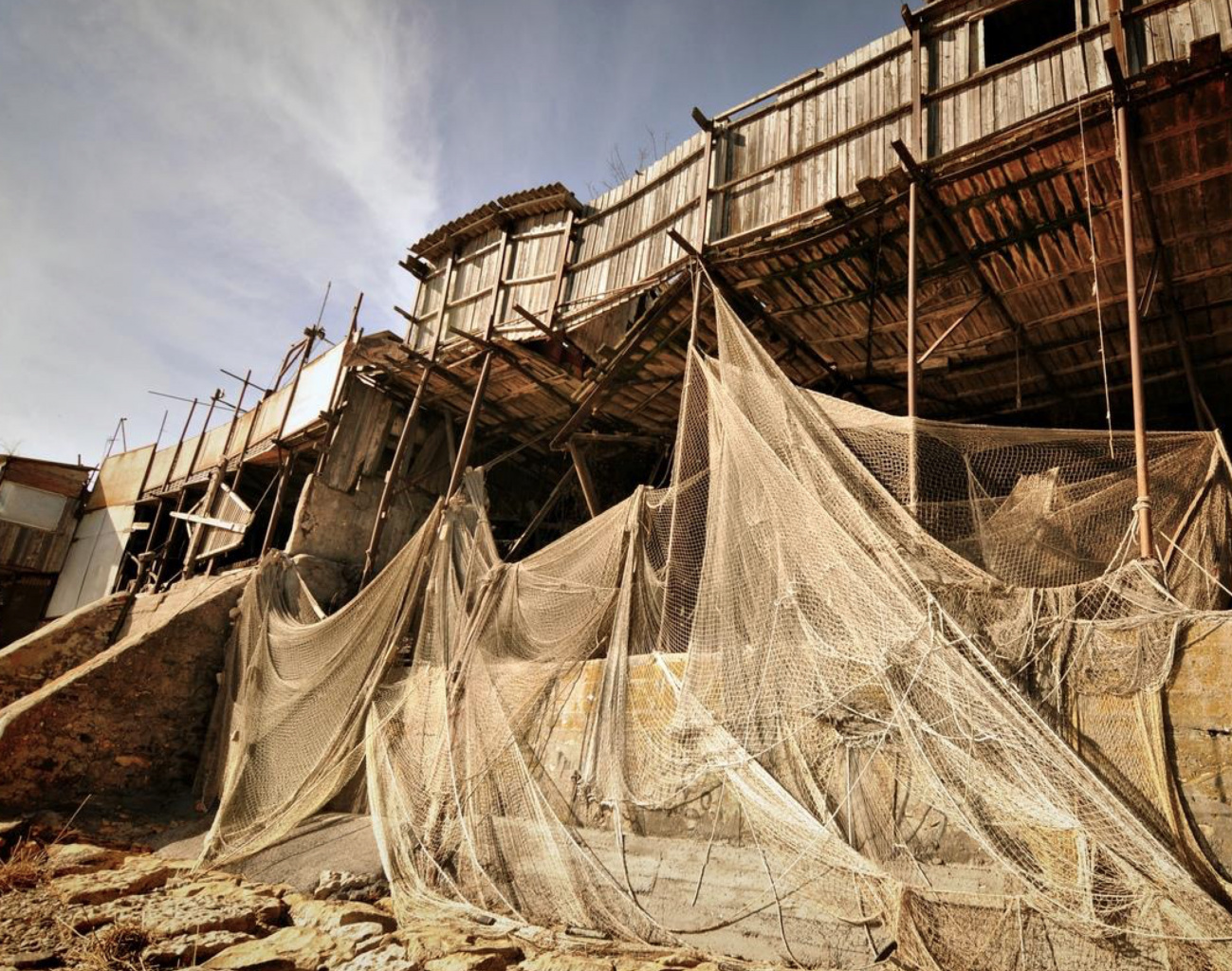

Location: Bogudoniya District.

